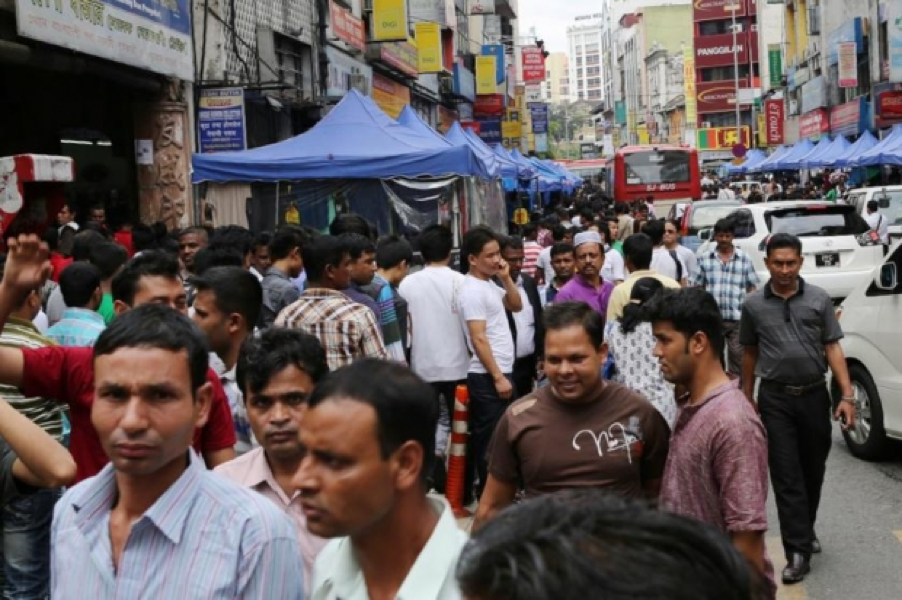
CityNet Smart City survey findings revealed what is at stake for CityNet members’ urban infrastructure.
The survey was conducted from October to November 2018, focusing on the urban infrastructure for members. The survey was structured to give a city profile mobility, walking and cycling, emissions, smartness, and future plans in order to identify the main priorities for each member’s immediate action and plan suitable programs based on the needs.
It canvassed the opinions of 28 cities for questionnaire survey, and eight think tanks/CityNet Associate Members from Asia-Pacific region for in-depth interview. The respondent cities ranged in size from megacities (41%) of over 10 million residents, such as Delhi, to medium (37%) and small cities (22%) with less than 0.5 million residents.
Urban Mobility
In the first focus area, the result showed that more than 50% of cities use side lane in their bus priority systems in all three respondent cities groups whereas the central lane is expected to be the most effective in terms of reducing transit journey time and increasing ridership. As strategies to improve mobility, a large infrastructure was dominating in the megacities (40%), whereas most of the medium cities chose smart development solutions (33%) and the pedestrianisation in the small cities (25%). In tandem with this, when cities were asked whether the smart transport systems are integrated in real time, all three respondent cities groups chose traffic signals as the most commonly used (45-50%).
Walkability
In terms of pedestrianisation, the result showed that many cities have problem with acceptance of it. Regarding the walkability, 57% of the megacities, 58% of the medium cities, and 46% of the small cities responded that the pedestrians can walk to their destinations easily whereas the rest showed that there are slight/serious problems. Meanwhile, the result showed that Seoul has a leading role in connected walkaways and cycleways using the waterways as a good example.
Emissions
In the third section of survey, three respondent cities groups varied in terms of measures to control emission. As the main measures, high parking price and limited space was dominating in the megacities (36%), move heavy traffic generators out of congested area in the medium cities (25%), and other issues low grade gasoline in the small cities (33%).
Smartness
In the last section, smartness of urban infrastructure, most cities described themselves at stage one (getting started) or two (laying the foundations) expecting that they will be able to reach to the highest level of development in ten years. As a main constraint, most cities chose expertise (37-38%) whereas the megacities chose budget (47%).
What is Next
Based on the result, it is expected for the cities to share the challenges and solutions among fellow members to adopt and adapt according to the local sensitivities which also brings cost-effectiveness. The next action plan can start from a study tour created by the committee in which members can inspect the good practices and discuss with the urban designer or implementers. The final report of survey will be available soon which will give further insights for the member cities.
For more information, please contact:
Stephani Widorini
CityNet Secretariat | Email: media@citynet-ap.org | Office: +82-2-723-0635

